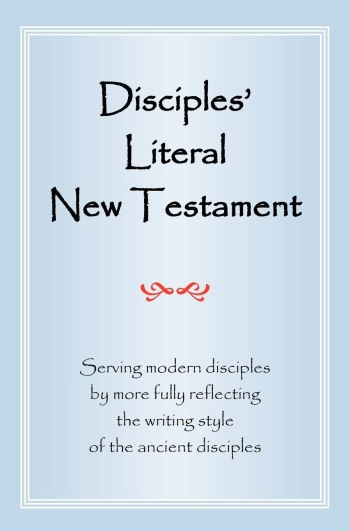1599 Geneva Bible (GNV)
The Geneva Bible: A Cornerstone of English Protestantism A Testament to Reform The 1599 Geneva Bible... Read More
The Disciples’ Literal New Testament (DLNT) is a unique English translation of the New Testament that aims to replicate the original Greek text as closely as possible. It is a departure from traditional translations which often prioritize readability and natural English flow.
The DLNT is a testament to the belief that a literal translation provides the most accurate representation of the original author's intent. It avoids paraphrasing, smoothing out text, or introducing modern English idioms. Instead, it strives to maintain the Greek sentence structure, word order, and grammatical nuances in English.

The DLNT seeks to provide readers with a deeper understanding of the New Testament by allowing them to experience the text in a way that is closer to the original Greek. It is intended for serious Bible students who are willing to invest time and effort in deciphering the text.
The DLNT has garnered both praise and criticism. Those who appreciate a literal approach to translation find it valuable for in-depth study and analysis. However, some readers may find the text challenging to read and understand due to its unfamiliar style.
Despite its limitations, the DLNT has contributed to the ongoing conversation about Bible translation and has helped to shed light on the complexities of the Greek language.
The Disciples’ Literal New Testament is a specialized tool for those seeking a deep dive into the New Testament text. While it may not be suitable for everyone, it offers a unique perspective and can be a valuable resource for serious Bible students and scholars.